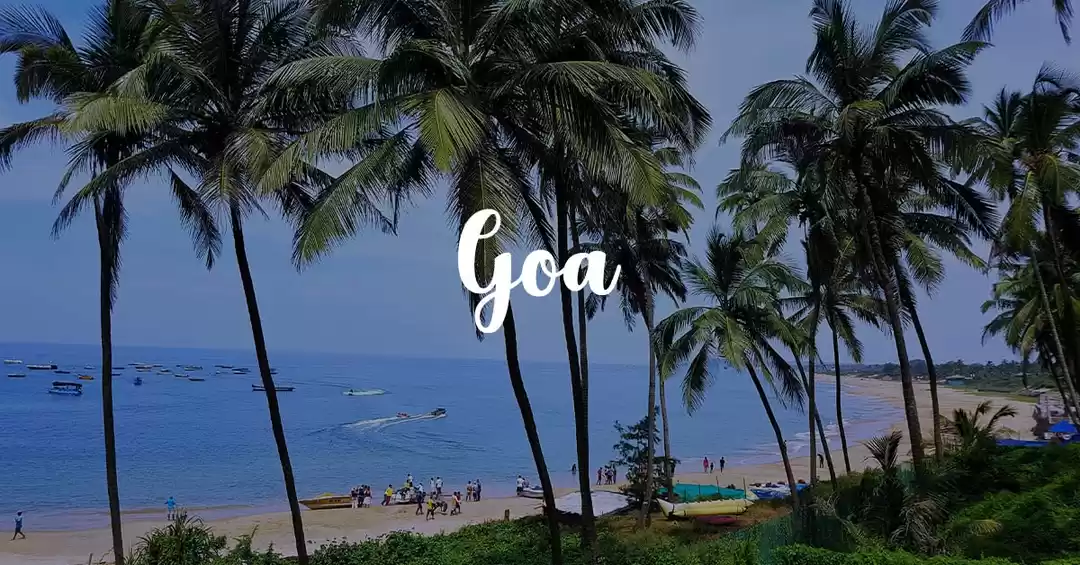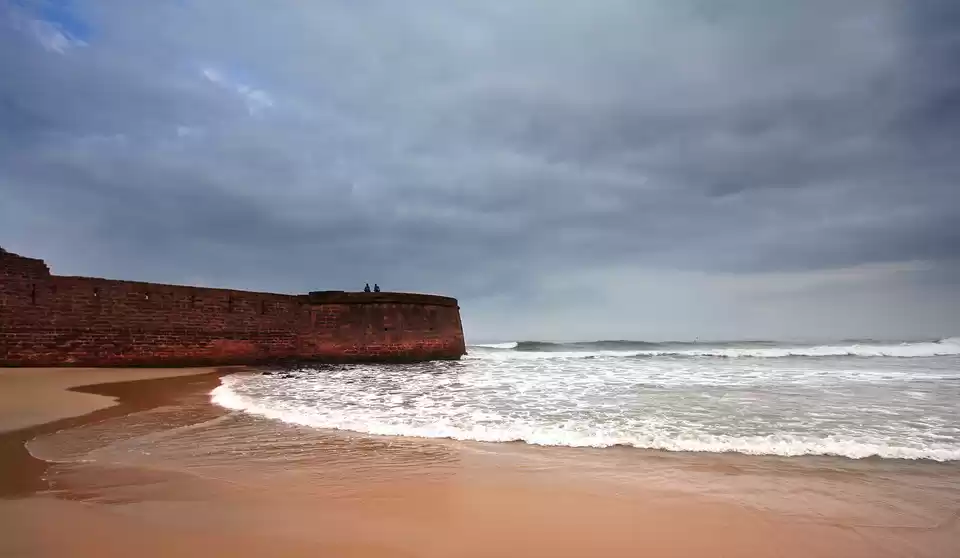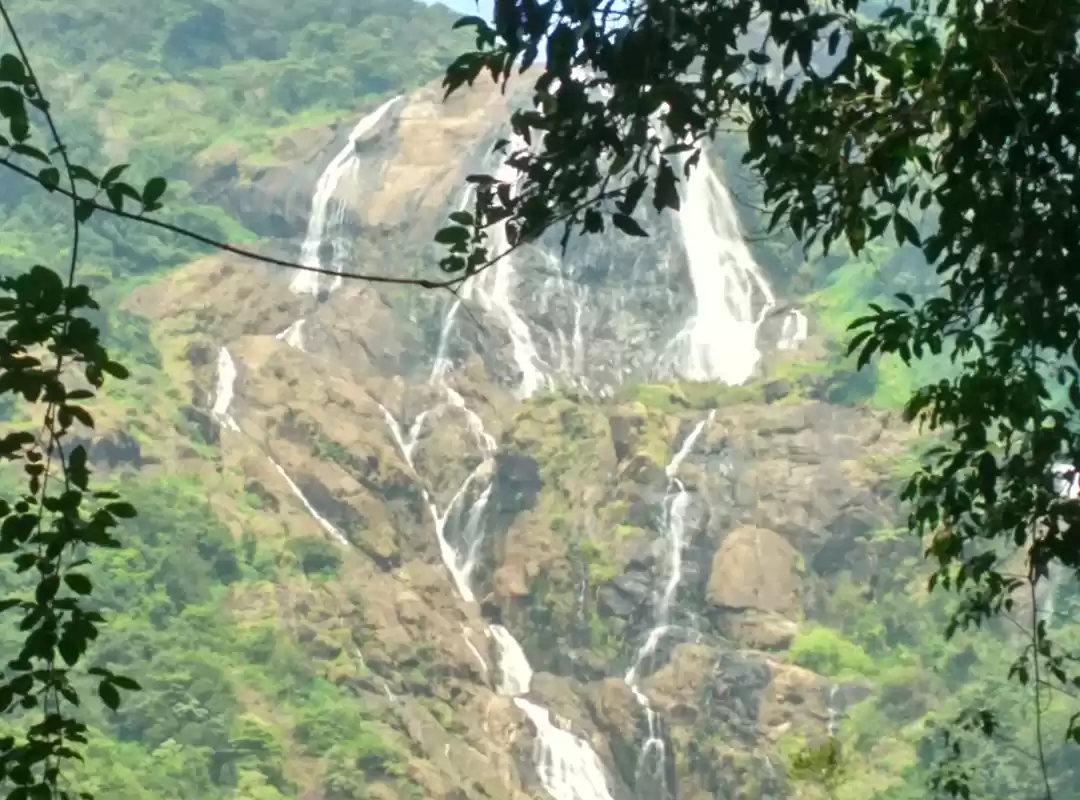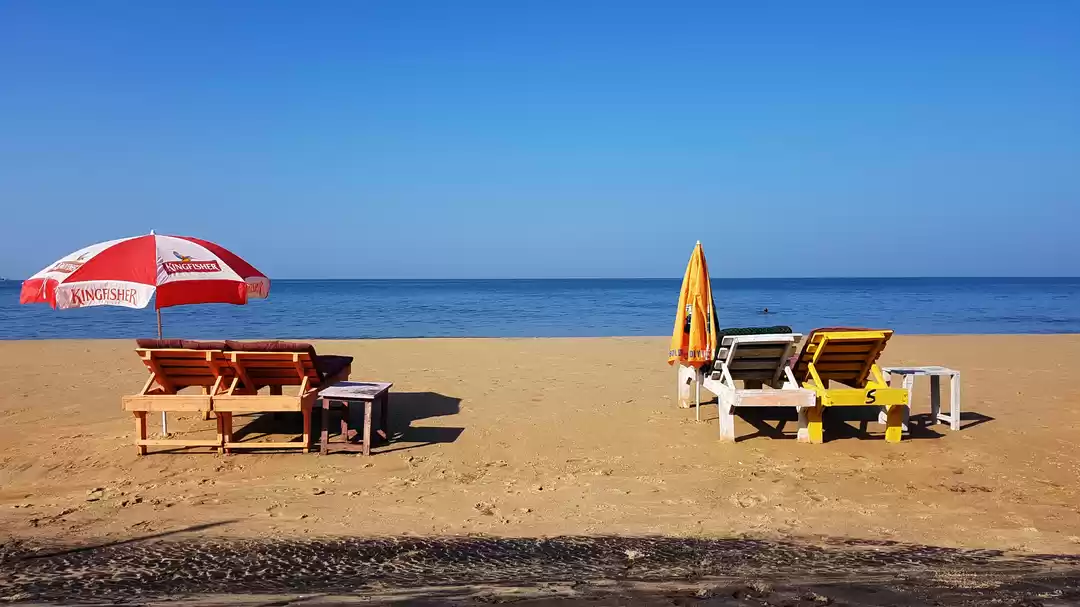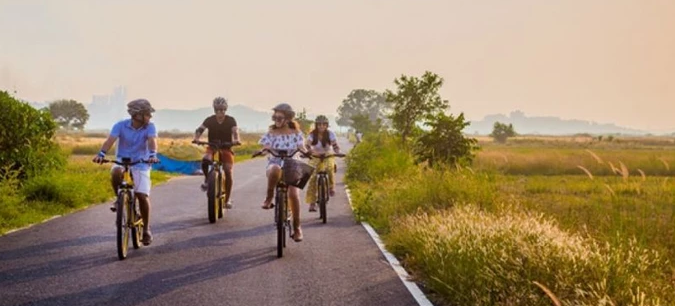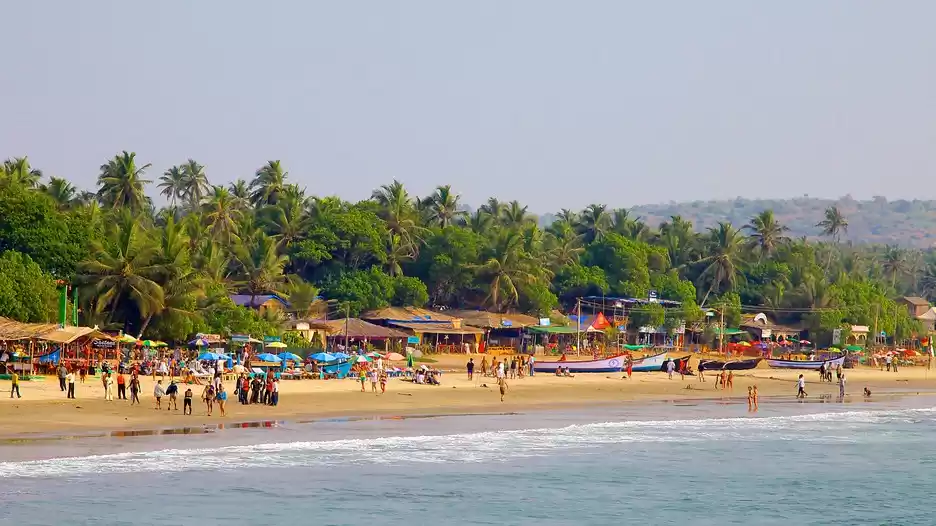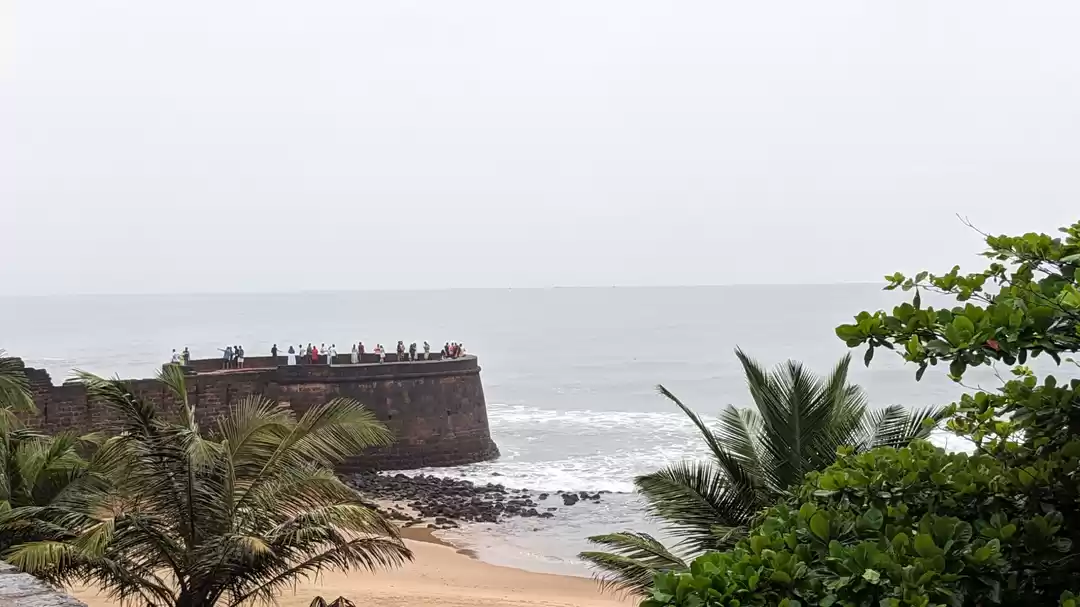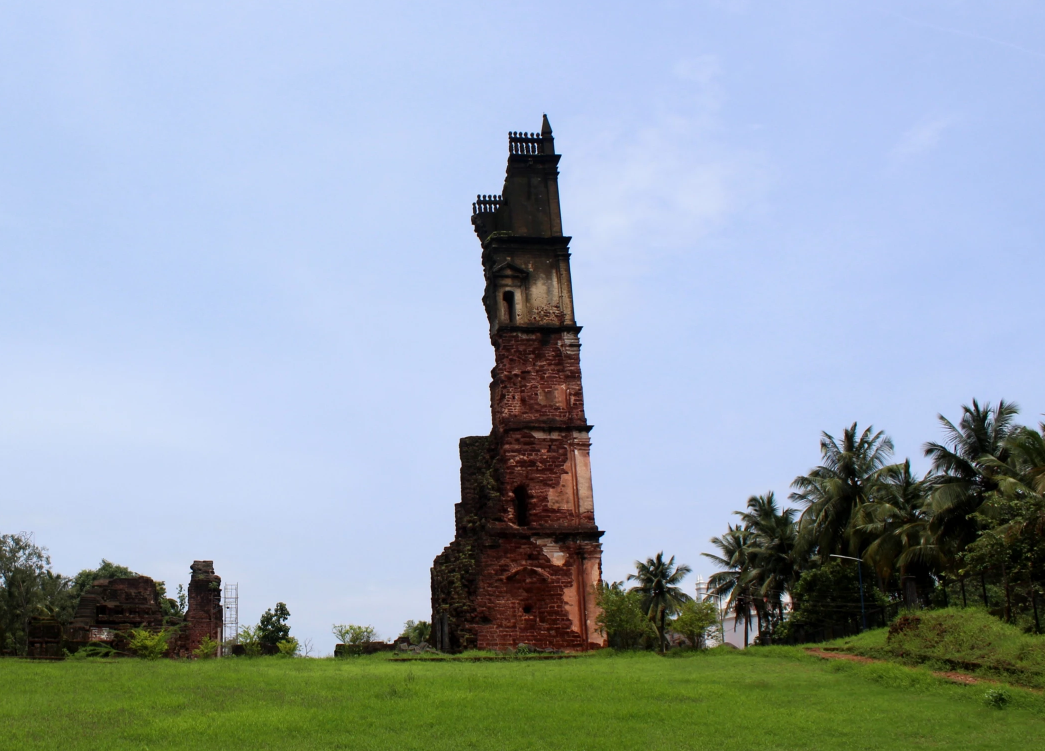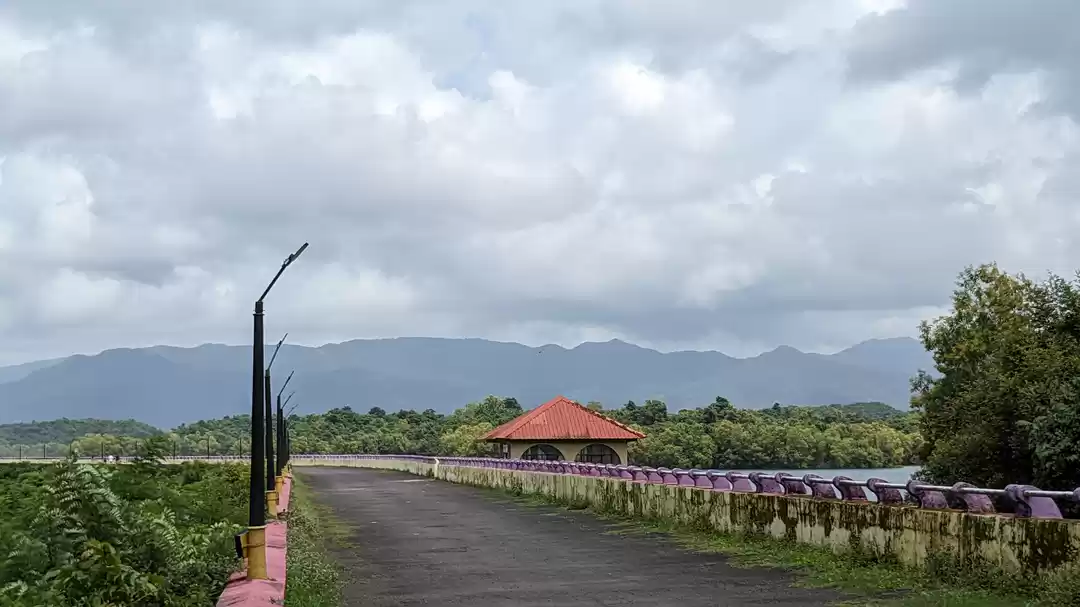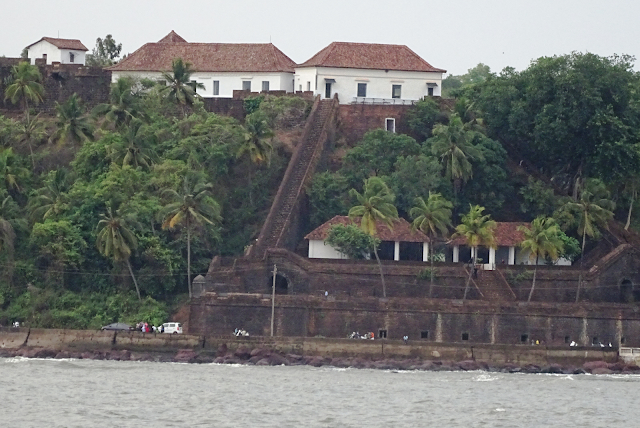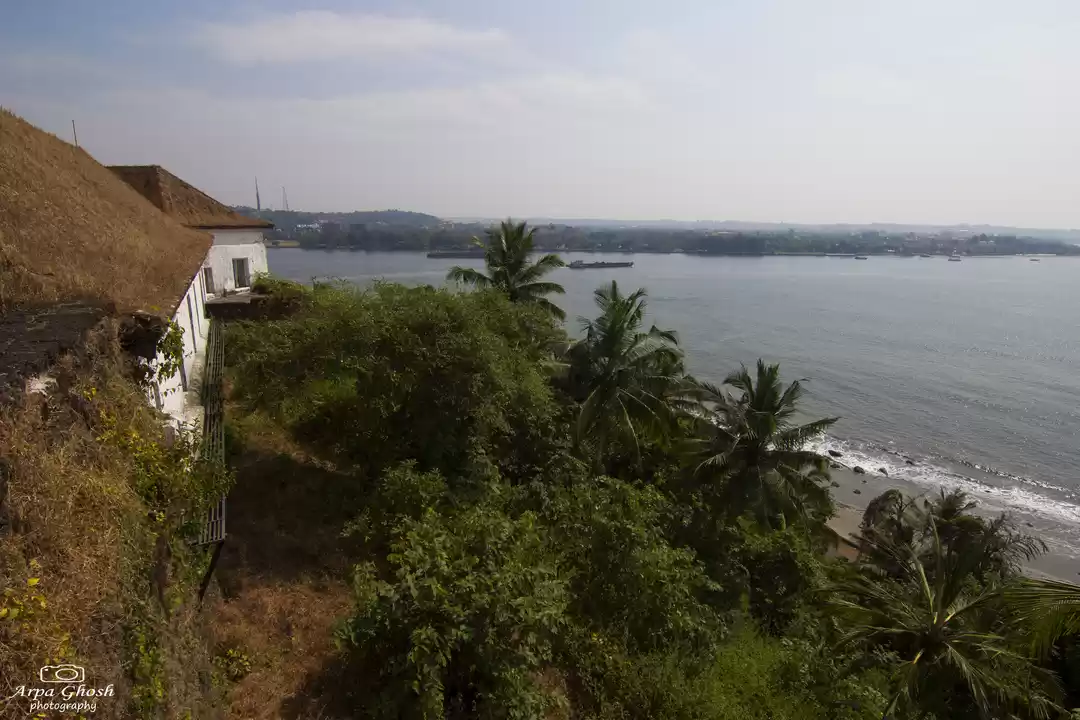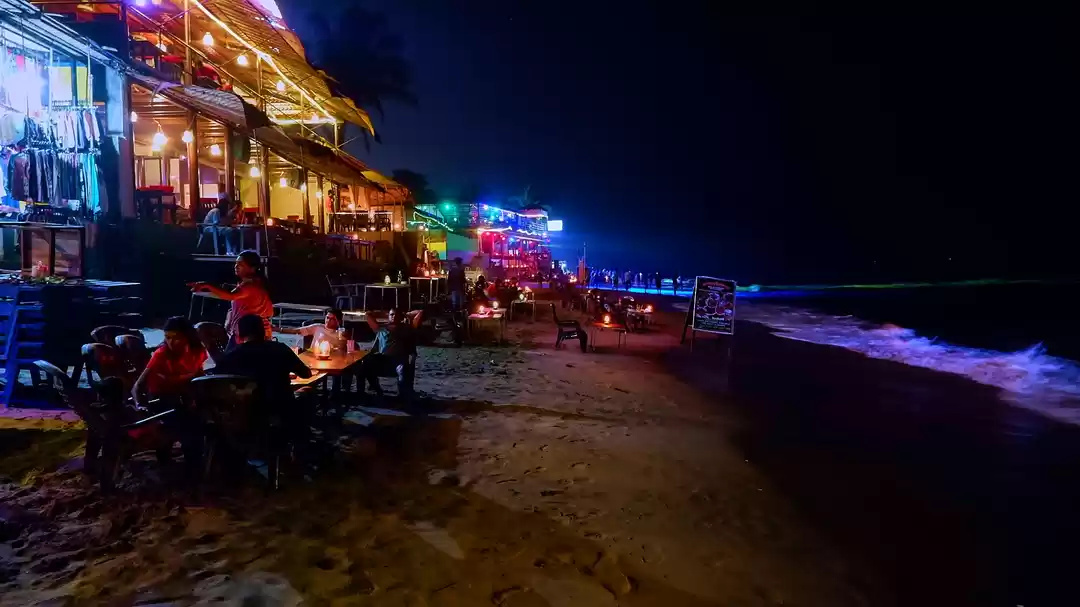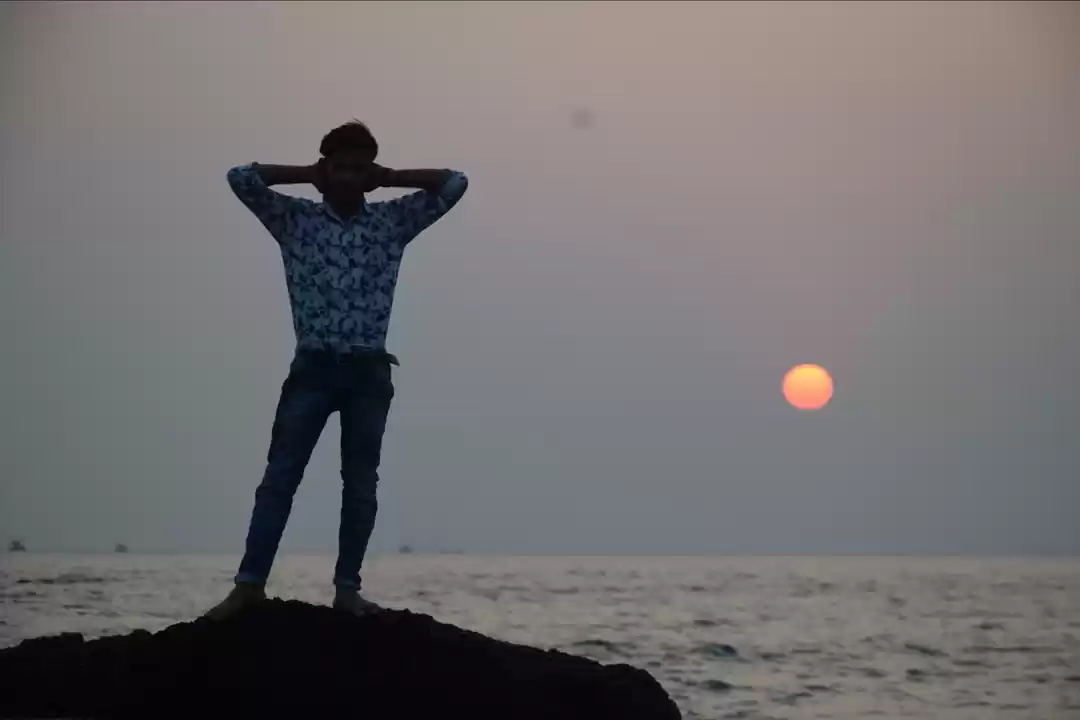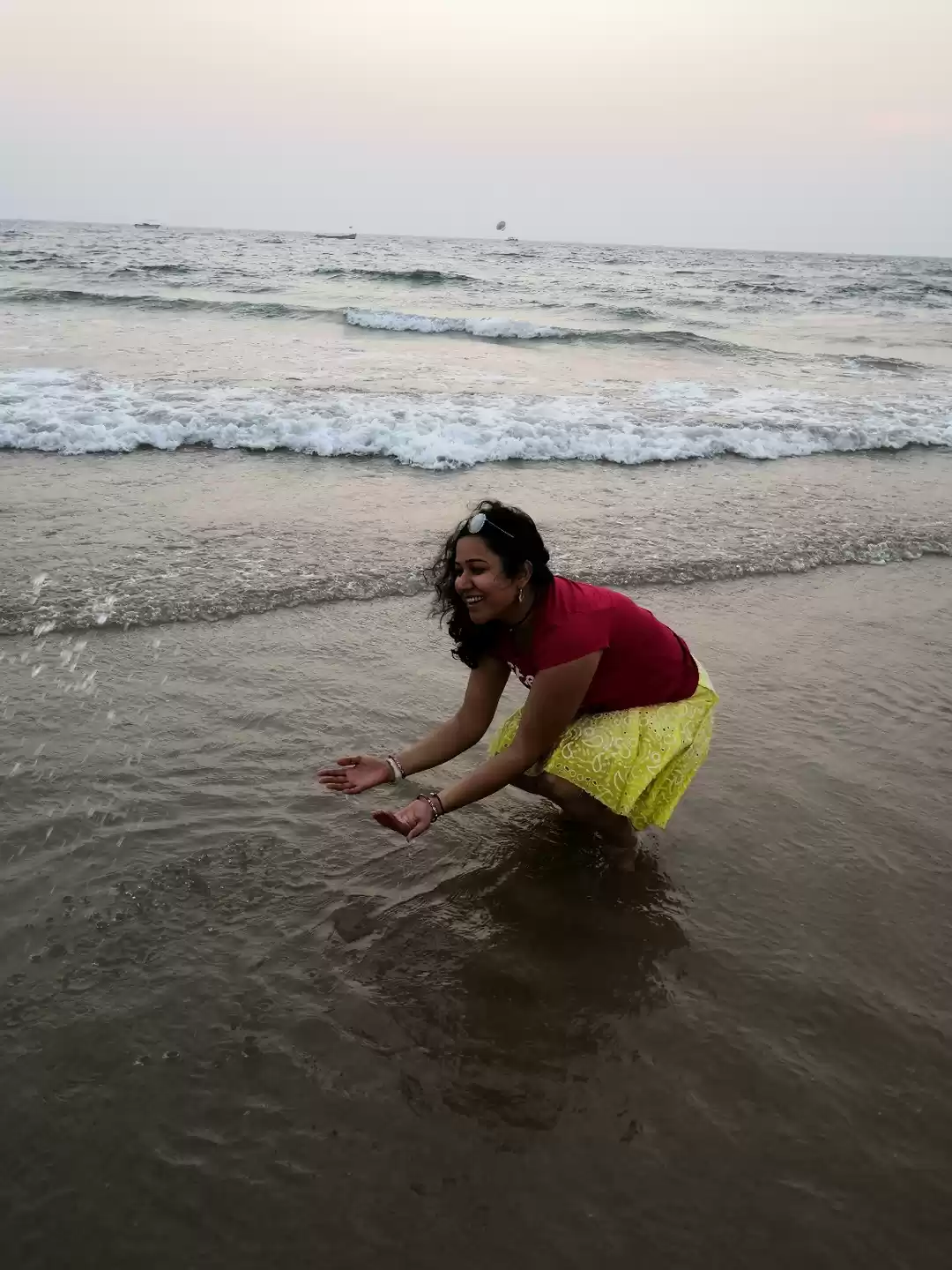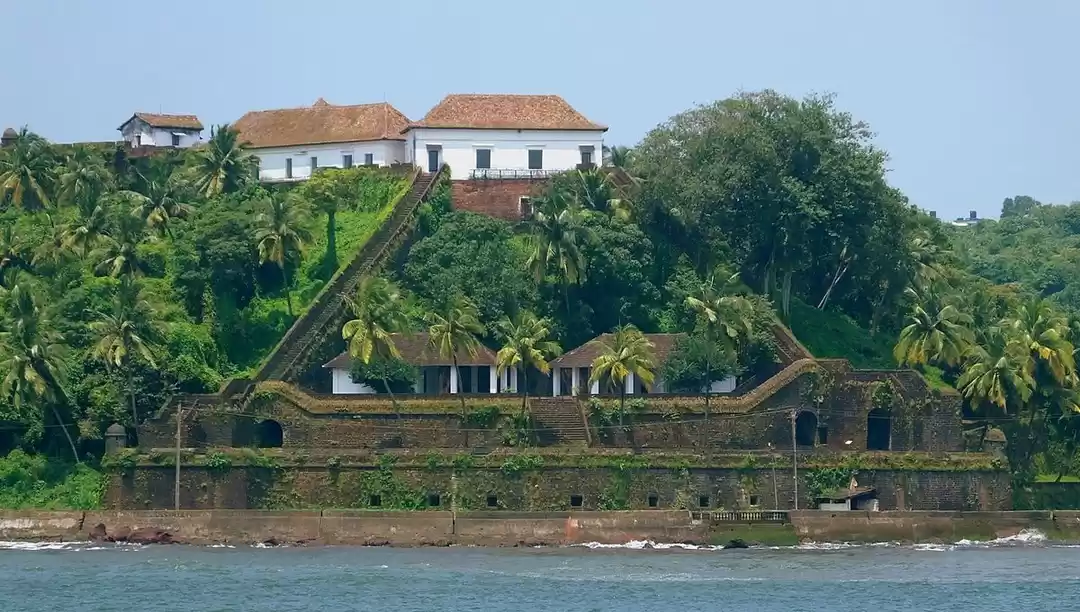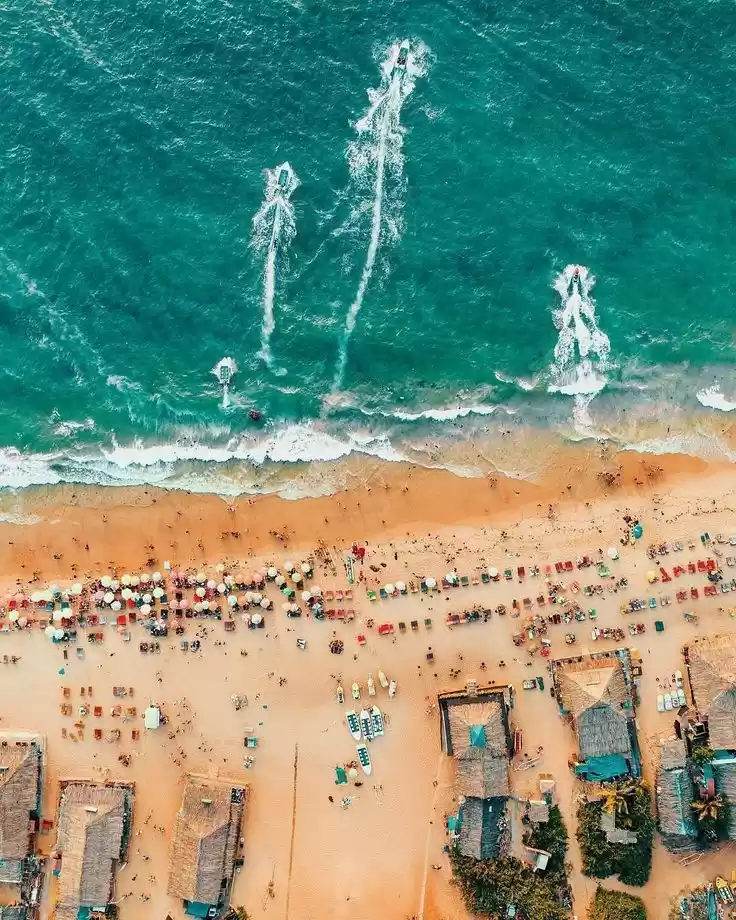


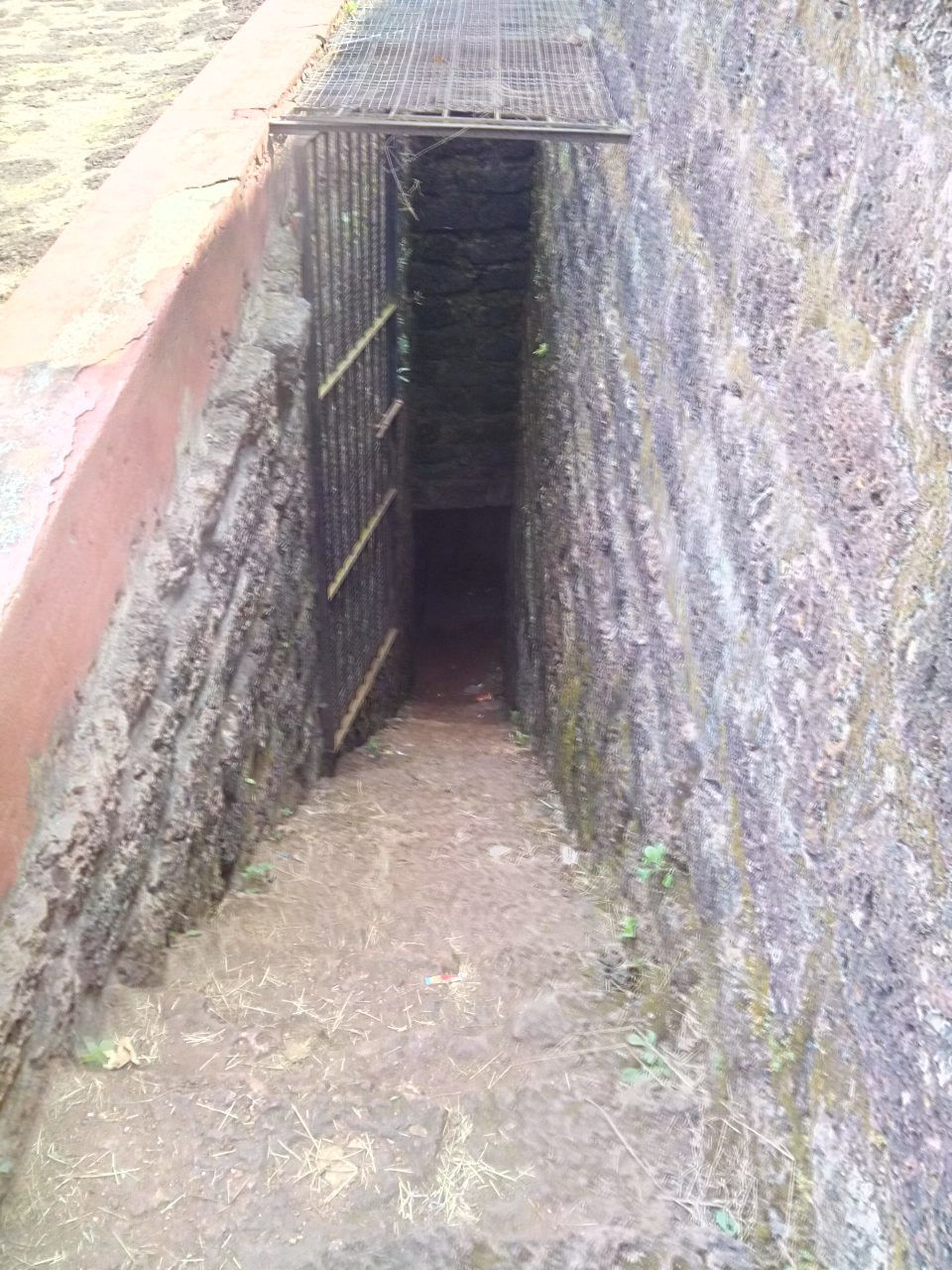
The Aguada Fort is one of the places in Goa that has been on my bucket list. Essentially a watch tower, this fort gives a panoramic view of the Panjim city and overlooks the Reis Magos Fort on the East and the Sinquerium and Calangute beaches in the North. The fort is a simple construction from the outside but is lined with tunnels underneath that connect with the waters down below for water supply. The three forts, Sinquerium, Aguada and Reis Magos, offer a strong domination over the coastline making the small state an impenetrable one.
Constructed in 1600’s the Aguada Fort used to provide strong defenses against the Dutch and Marathas. The fort is strategically located centrally between the Sinquerium Fort on its left and the Reis Magos Fort on the right; both of which can be viewed from the fort. The fort also formed a source of water-supply for its ships through its underground tunneling systems that connect with the Mandovi River. A freshwater spring within the fort provided water supply to the ships that used to stop by. Crews of passing ships would often visit to replenish their fresh water stores. That is how the fort picked its name as Aguada Fort.
A four-storey lighthouse on one corner of the fort was constructed in 1864 and is the oldest of its kind in Asia. The fort had 79 cannons that are presently kept out of the fort for overhauling and repairs. The underwater tunnels had a capacity of storing 2,376,000 gallons of water, one of the biggest freshwater storage of the time in the whole of Asia. The Aguada Fort is further divided into Upper Aguada Fort, which served as the water supply source, and Lower Aguada Fort, which served as the harbor for the Portuguese ships.
A bent entrance door caused a funneling effect for the penetrating troops. Should the defenses break open, this funnel will narrow down the penetration of the troops through the main gate; the enemy can then be targeted from the top for elimination. Also, the entrance gate is separated by a 20 feet wide ditch that will allow only a limited number of troops to enter inside. A bend in front will not allow an easy return of the enemy, if they try to retreat, causing them to get stuck in the funnel. A door to the right served as a trap from where the enemy could be targeted while entering which means, there would be no escape.
The steps also have been designed as a narrow passage to restrict entrance. The doors on the either side of the entrance will further allow to attack from the either sides and slow down the entry.
The underground tunnels and water-supply systems have now been shut down, and the place is under renovation and repairs. Hence, we missed out getting the complete details how it connected with the Mandovi River and the escape routes within the tunnel systems.
Review of Aguada Fort
1. Connectivity: 7/10: The fort is well- connected by road and is a gradual climb atop the hill. However, entering the spot during peak seasons can be jittery as there is heavy traffic en route. The route was packed with vehicles of all sizes over a long distance and it took us about 30-40 mins to get clear through the traffic. My recommendation: Start Early. Reach early
2. Price: 9/10: The entry here is free of cost and parking is available outside. So you can take your trip hassle-free
3. History and Architecture: 9/10: The Aguada fort has immense strategic and military importance, and you will understand the why’s and how’s once you visit the spot. Pay close attention to how tunnels and you will realize how they formed a strategic escape route into the sea in front.
4. Sightseeing: 8/10: The fort has an easy access and gives a fabulous view of the entire Bardez Town. Excellent place for photography.
5. Market Place: 8/10: The spot has a small market across the road and serves great Lime-Sodas. There are mostly small shacks and eating joints serving fast-food to refuel and gear you up for the rest of the trip.
This post was originally published on Pack-Ur-Bags








